ATSEA-2 is continuously working to promote sustainable development in the ATS region and improve the quality of life of its inhabitants. Part of this process involves writing articles and reports that communicate progress to partners, stakeholders and the wider public. To support this aspect of ATSEA-2 and improve standards, a writing workshop was held for all members of the Regional Management Units (RPMUs).
On Friday, 13 August 2021, 15 staff of the ATSEA-2 Programme from Indonesia, Papua New Guinea, Philippine and Timor-Leste attended a training session hosted by Chris Alexander; a professional writer, editor and creative consultant from the United Kingdom who is working with ATSEA-2 to improve reporting and communication across the Programme’s publications. ATSEA-2 publication tools include an online magazine that shares news of project developments and promotes sustainable development in the Arafura and Timor Seas (ATS) region. Each RPMU member contributes stories to ATSEA-2 publications.
There overall aim of this workshop was to improve ATSEA-2 Programme members’ skills and processes in writing, through a range of improvements to their processes. In practice, this featured a number of activities, exercises and demonstrations of best practice, all geared towards developing participants’ skills in article writing, giving them the tools they need to write more creatively, making the writing process easier and faster, and providing support through an open Q&A session.
The workshop focused on three main areas: structure, in which participants learned how to plan and lay out their articles effectively; content, helping participants establish what information should be included to make their articles informative and thorough; and style, in which they experimented with various approaches, to make their articles more engaging, more personal and more impactful.
The training proceeded in a fun and relaxing way, as participants worked together to solve problems such as matching the correct sequencing of paragraphs, according to the framework provided. Through these activities, trainees learned how to effectively order their articles with a beginning, middle and end section.
The three-hour training session also included a creative writing workshop, in which participants experimented with two contrasting styles of writing: informative and descriptive. Supported by examples of best practice from organizations such as National Geographic and The Guardian UK, these activities encouraged trainees to think outside the box, while also demonstrating how style can affect the tone and impact of articles.
In addition to the workshop, participants were supported by a series of follow-up consultations with Mr. Alexander, scheduled to take place from 23-24 August 2021. These one-on-one meetings offered trainees the chance to ask questions, get detailed feedback on their writing and improve their processes for future assignments on behalf of ATSEA-2. The ultimate aim was to make ATSEA-2 articles more engaging for the readership, more beneficial to the Programme’s beneficiaries and less time-consuming for the writers themselves.
(Hilda Anastasia)


